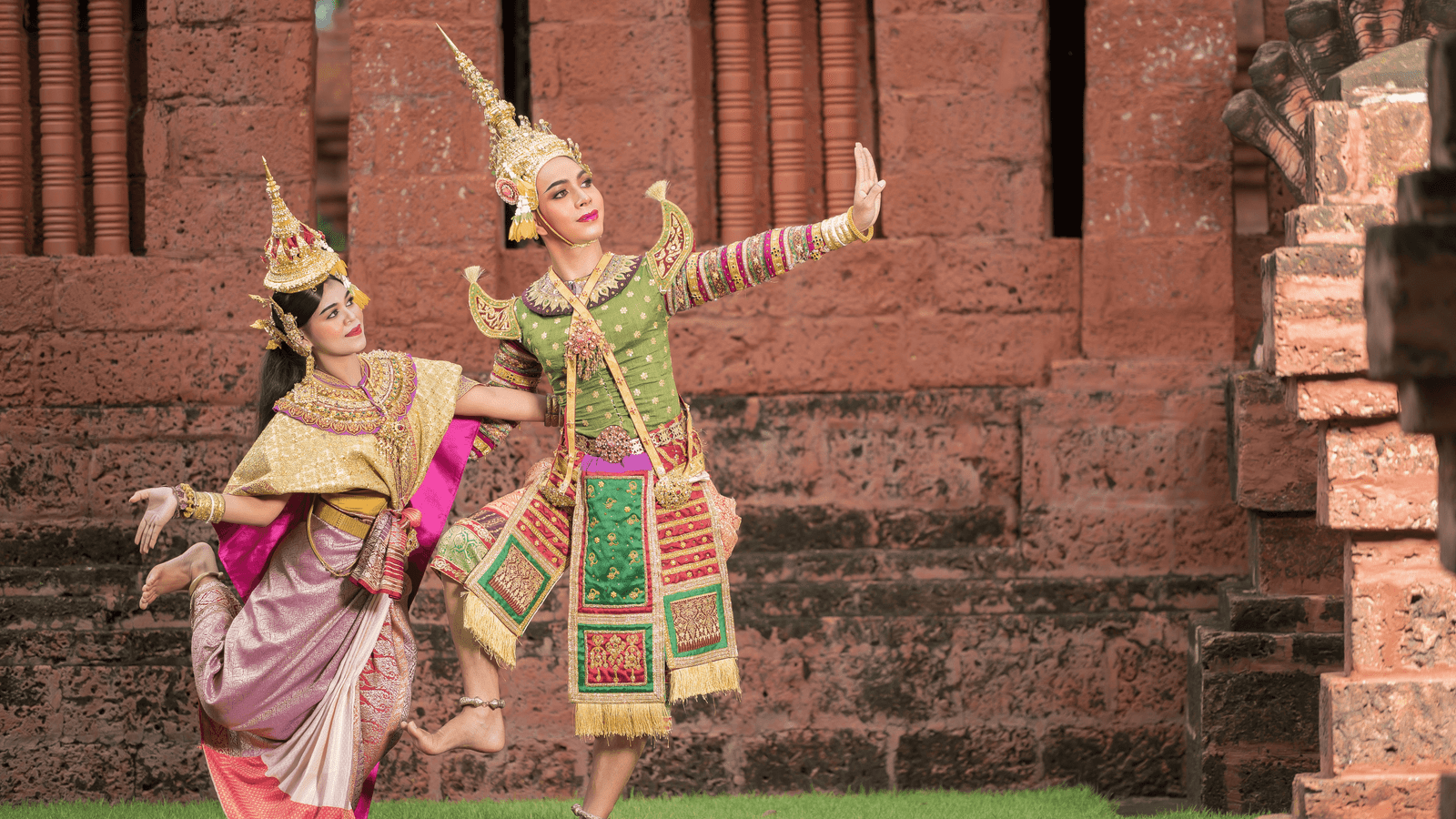Cambodian History 101: From the Angkor Empire to Modern Day 🌏

Cambodia, a Southeast Asian gem, boasts a rich and complex history that spans millennia. From the grandeur of the Angkor Empire to the challenges of modern-day Cambodia, this nation’s story is one of resilience, cultural brilliance, and transformation. Join us as we embark on a journey through time, exploring the key events, cultural milestones, and historical figures that have shaped Cambodia into the country it is today. 🏛️
The Dawn of Cambodian Civilization: Funan and Chenla Kingdoms 🌅
Cambodia’s history begins with the early kingdoms of Funan (1st–6th centuries) and Chenla (6th–9th centuries). These pre-Angkorian states laid the foundation for Cambodia’s cultural and political identity.
- Funan: Often referred to as the “Cradle of Cambodian Civilization,” Funan was a powerful maritime kingdom. It thrived on trade, connecting India and China. Hinduism and Buddhism were introduced during this period, leaving a lasting impact on Cambodian culture. 🛳️
- Chenla: Following Funan’s decline, the Chenla kingdoms emerged. Divided into “Land Chenla” and “Water Chenla,” this era saw the rise of Khmer identity and the establishment of early Khmer art and architecture. 🏺
The Golden Age: The Angkor Empire (9th–15th Centuries) 🏰
The Angkor Empire is undoubtedly the most iconic period in Cambodian history. Spanning over six centuries, this era is synonymous with grandeur, innovation, and cultural achievement.
- Founding of Angkor: The empire was founded by King Jayavarman II in 802 AD, who declared himself a “god-king” (devaraja). This marked the beginning of the Khmer Empire’s dominance in Southeast Asia. 👑
- Angkor Wat: Built in the 12th century by King Suryavarman II, Angkor Wat is the largest religious monument in the world. Originally dedicated to the Hindu god Vishnu, it later became a Buddhist temple. Its intricate carvings and architectural brilliance symbolize the empire’s zenith. 🛕
- Decline of Angkor: By the 15th century, the empire faced internal strife, environmental challenges, and invasions from neighboring kingdoms like Ayutthaya (modern-day Thailand). The capital eventually shifted to Phnom Penh, marking the end of the Angkor era. 🌧️
The Dark Ages: Colonialism and Turmoil (15th–20th Centuries) 🌑
Following the fall of Angkor, Cambodia entered a period of decline and foreign domination.
- Siamese and Vietnamese Influence: Cambodia became a battleground between Siam (Thailand) and Vietnam, losing significant territory. The Khmer monarchy struggled to maintain sovereignty. ⚔️
- French Colonial Rule: In 1863, Cambodia became a French protectorate. While French rule brought infrastructure development, it also exploited Cambodian resources. The colonial period lasted until 1953 when Cambodia gained independence under King Norodom Sihanouk. 🇫🇷
The Modern Era: Independence, War, and Recovery 🕊️
The 20th century was a tumultuous time for Cambodia, marked by independence, conflict, and eventual recovery.
- Independence and Sihanouk’s Rule: After gaining independence in 1953, Cambodia experienced relative stability under King Sihanouk. However, the Vietnam War spilled over into Cambodia, leading to U.S. bombings and political instability. 💣
- The Khmer Rouge (1975–1979): The rise of the Khmer Rouge, led by Pol Pot, brought unimaginable suffering. The regime aimed to create an agrarian utopia but instead caused the deaths of nearly 2 million people through execution, forced labor, and starvation. This period remains a dark chapter in Cambodian history. ☠️
- Vietnamese Occupation and Reconstruction: In 1979, Vietnam invaded Cambodia, ousting the Khmer Rouge. The 1980s and 1990s were marked by civil war and gradual recovery. The United Nations played a crucial role in restoring peace and holding democratic elections in 1993. 🕊️
Cambodia Today: A Nation Reborn 🌟
Modern-day Cambodia is a testament to resilience and hope. The country has made significant strides in rebuilding its economy, culture, and international standing.
- Economic Growth: Tourism, agriculture, and garment manufacturing are key drivers of Cambodia’s economy. The iconic Angkor Wat attracts millions of visitors annually, contributing to the nation’s GDP. 💼
- Cultural Revival: Traditional Khmer arts, dance, and music are experiencing a renaissance. Festivals like Pchum Ben and Water Festival celebrate Cambodia’s rich heritage. 🎭
- Challenges and Opportunities: While Cambodia has made progress, issues like corruption, poverty, and environmental degradation remain. However, the younger generation is increasingly vocal about driving positive change. 🌱
Key Takeaways: Cambodia’s Enduring Legacy 📜
Cambodia’s history is a tapestry of triumphs and tribulations. From Angkor’s architectural marvels to its people’s resilience, Cambodia’s story is one of enduring spirit and cultural richness. As the nation continues to evolve, its past serves as a reminder of the strength and determination that define the Khmer people. 🌈
By understanding Cambodia’s history, we gain a deeper appreciation for its people, culture, and the challenges they have overcome. Whether you’re a history enthusiast or a curious traveler, Cambodia’s past and present offer endless opportunities for exploration and inspiration. 🌏✨
Discover more from SuqMall
Subscribe to get the latest posts sent to your email.


